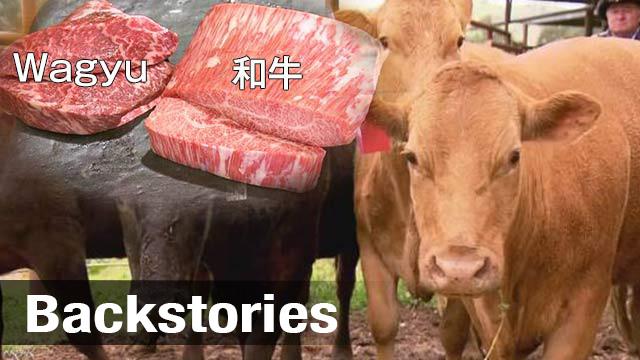In May, Australia lifted a 17-year ban on imports of beef produced in Japan. The restriction came after a 2001 outbreak of bovine spongiform encephalopathy, otherwise known as mad cow disease. With the ban now lifted, the Japanese beef industry is eager to gain a foothold in the Australian market.
Australians are familiar with wagyu beef. It’s a popular choice of steak, served in restaurants across the country. But most Australians are surprised to find out about its Japanese origin. The word ‘wagyu’ literally translates to ‘Japanese cow’. This can lead to some confusion when Japanese diners in Australia see wagyu on the menu.
I’m Angus Steakhouse in Sydney serves “Tajima Wagyu”, a type of Japanese wagyu. But on closer inspection, the menu states the beef is actually from New South Wales, a state of Australia. The Australian wagyu steaks at the restaurant costs US$ 46.30 per 200 grams, compared to the more common Angus beef breed, which costs US$ 27.80 per 200 grams. Despite the cost, restaurant manager Jon-Paul Kennedy says Australian wagyu is popular amongst diners.
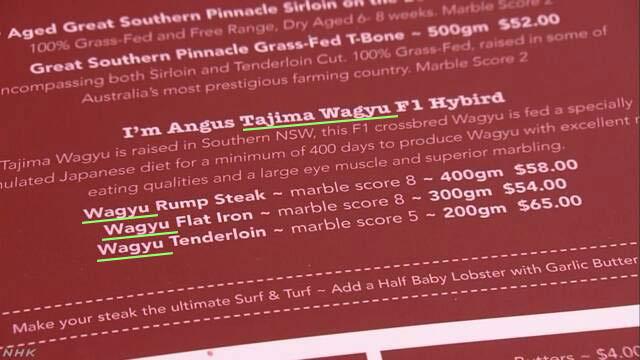
According to the Australian Wagyu Association, Australia first received a cow with wagyu genetics from the US in 1990. Today, Australia is one of the world’s leading wagyu exporters, selling both wagyu beef and genetics to the Unites States, Europe, and Asia. An estimated 20,000 tons of Australian wagyu was exported in 2016, compared to the 2,707 tons of all types of beef exported by Japan in 2017.
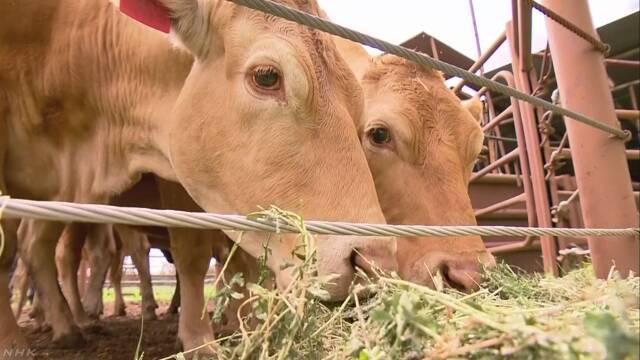
What makes Australian wagyu different from Japanese wagyu?
In Japan, cattle can only be classified as wagyu if they are full-blooded, meaning they have 100 percent wagyu genetics. In Australia, however, cattle can be classified as wagyu if they have more than 50 percent wagyu genetics.
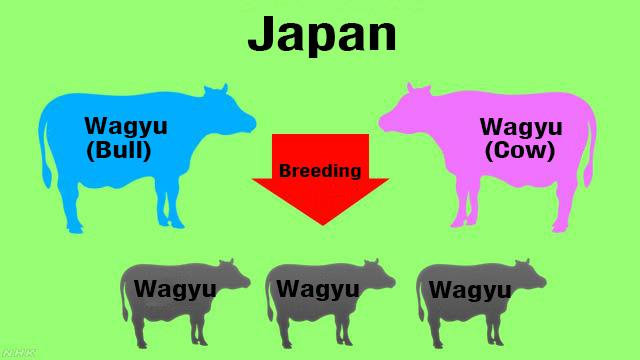

The way the cattle are reared are also different. In Japan, farmers feed their cattle with a variety of grain and corn. Australian wagyu cattle generally feed on grass, sometimes with the addition of wheat and barley. This results in the beef vastly differing in taste and texture. Japanese wagyu is well known for its marbling, whereas its Australian counterpart is popular for its strong flavor and redness of the meat.
Since full-blooded cows are needed to produce Australian wagyu, there is a growing market for cultivating such wagyu genetics. Rick Hunter and his family raise a herd of wagyu cattle in Mudgee, New South Wales. He sells 100 percent wagyu cattle and genetics, both domestically and internationally.
The genetics side of the business involves extracting wagyu semen, which is then frozen in liquid nitrogen for ease of storage and sale. Hunter also plucks the tail hairs of all the calves and sends them to a facility for genetic testing. This ensures that his cattle are 100 percent certified wagyu.
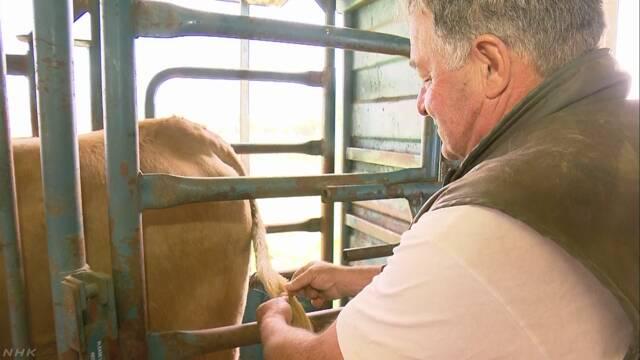
Japanese wagyu in Australia
GAKU Robata Grill in Sydney is trying to get ahead of its competition when it comes to wagyu. It not only serves Australian wagyu, but also Japanese wagyu as steak or as a sushi topping. The wagyu is usually served with condiments such as wasabi soy sauce. This is so the rich flavor of the fat doesn’t overwhelm the palette, as Australians are not accustomed to intensely marbled beef.
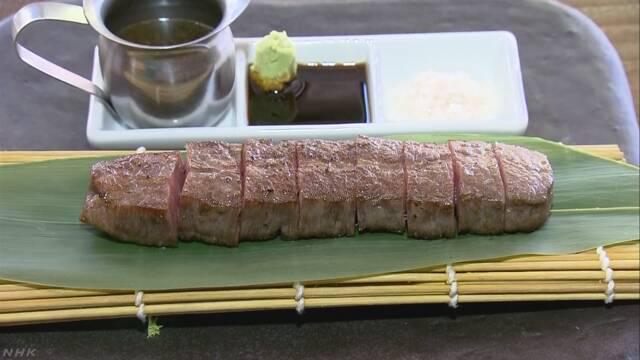
The Japanese wagyu steak costs approximately US$ 30.70, twice the value of local beef. Even though serving Japanese wagyu doesn’t turn a profit for the restaurant due to its high costs, the owner, Shimon Hanakura said it is important to get people interested and have them try it. For some of his customers, Japanese wagyu is now their regular order.
Hanakura says only Japanese wagyu gives the distinctive melt-in-your-mouth texture. When we tried both types of wagyu, we understood what he meant. The Japanese wagyu had a delicate, buttery taste, whereas the Australian wagyu was leaner and had a distinctive meaty flavor.
Since the ban was lifted, Japan has exported approximately 3,315 kilograms of beef to Australia. It remains to be seen whether Japanese wagyu can win a place in the competitive Australian beef industry and truly become the king of beef.
